Eyes.

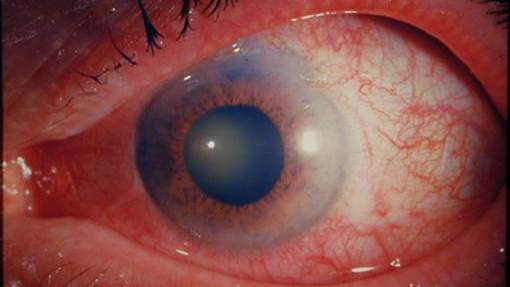
The pupil has dilated when the patient entered the dark room. This has thickened the iris which in turn has blocked the angle in the anterior chamber through which the aqueous fluid drains. Pressure quickly rises causing pain and the scleral injection seen. The pupil responds poorly to light and the cornea is cloudy.
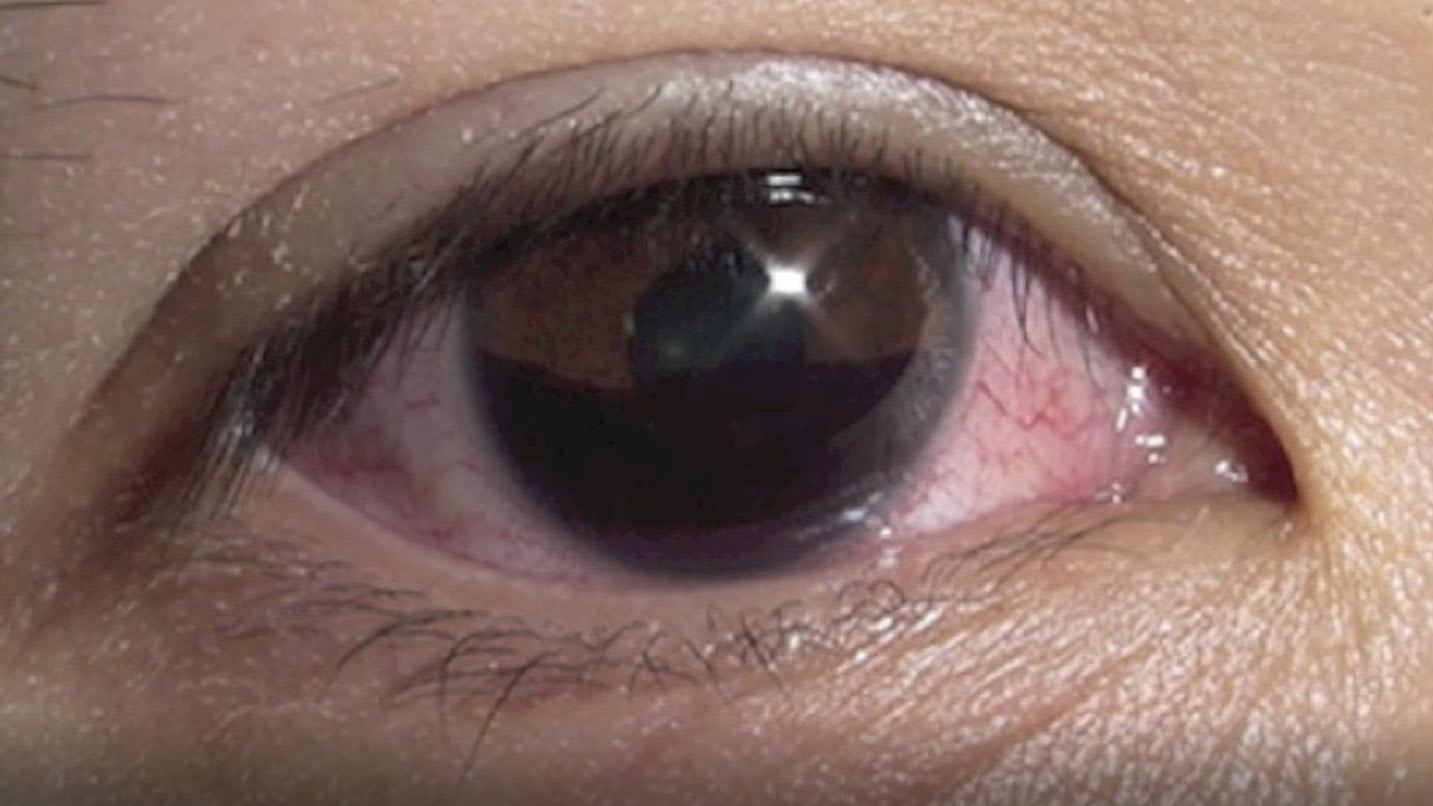
A hyphaema. The blood sits in the anterior chamber and is usually caused by bleeding from vessels in the ciliary body. Gravity often allows it to appear as a fluid level.
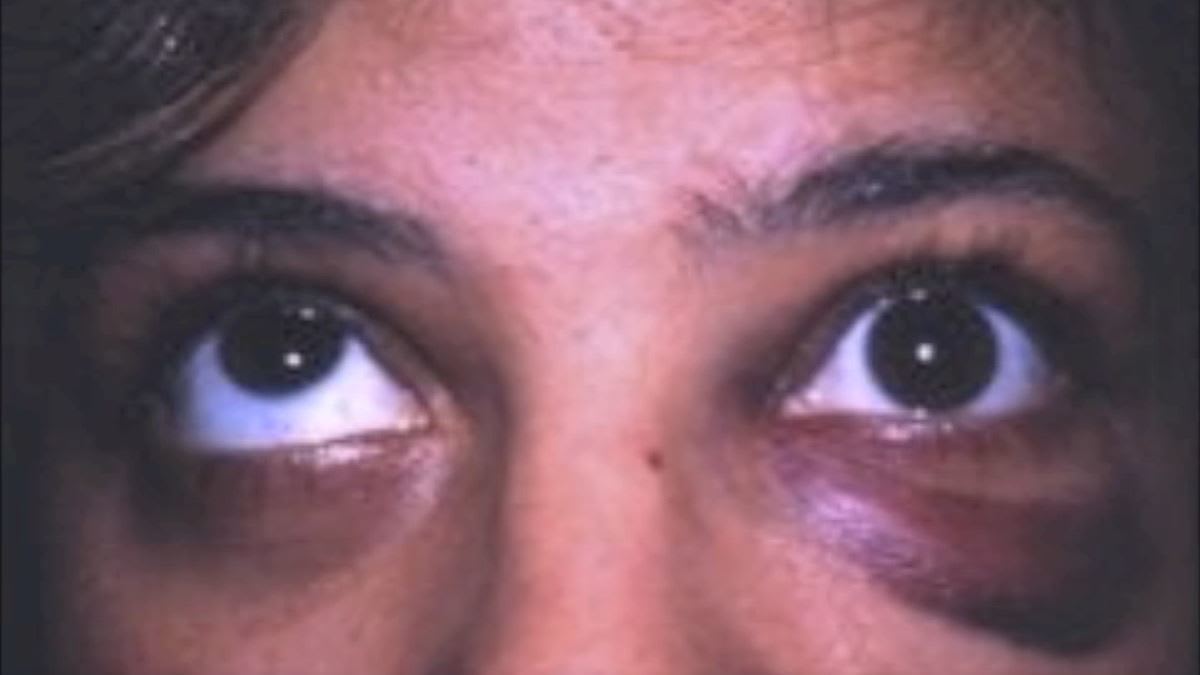
A fracture of the inferior aspect of the orbital floor can get the inferior rectus trapped. This stops the patient being able to gaze upwards on the affected side.
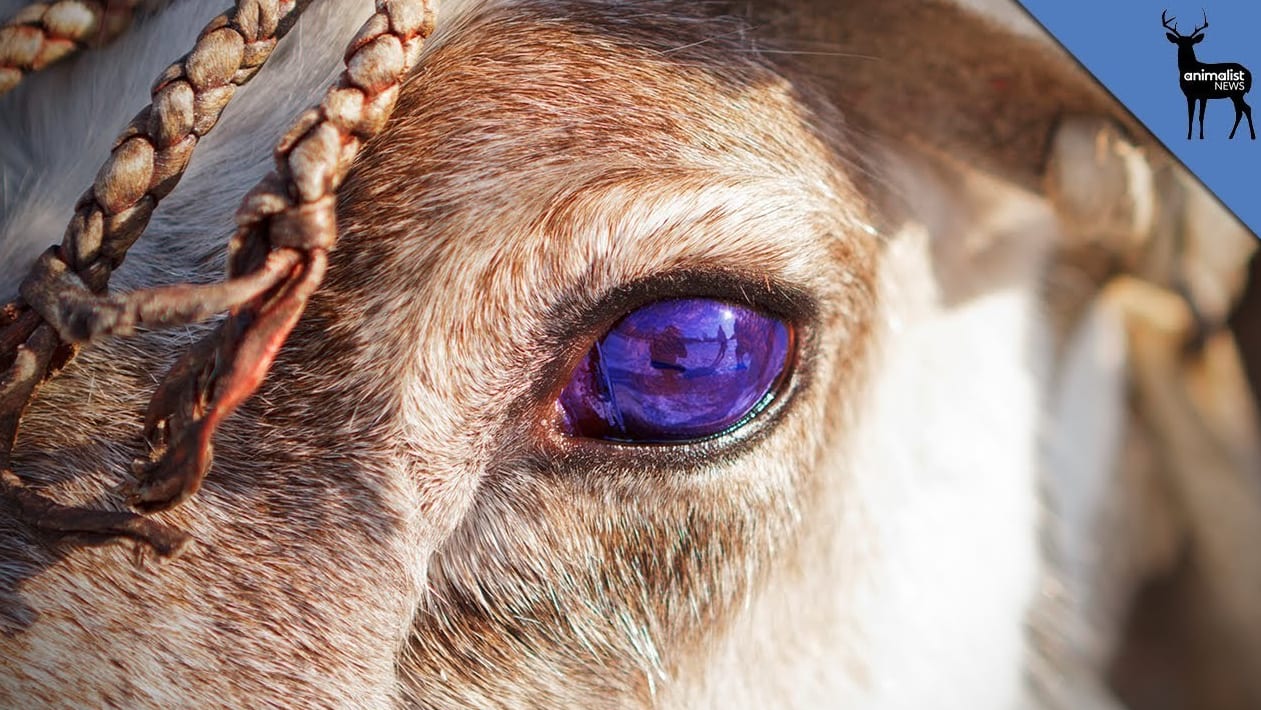
The part that changes colour is called the tapetum lucidum. It is a shiny, mirrored layer behind the retina that helps some animals to see in the dark.
When light enters the eye much of it hits the sensitive cells in the retina. But sometimes it misses the mark. The tapetum lucidum gives the eye a second chance to detect the light by reflecting it back towards the retina again.
In many animals this reflective layer shines gold, permanently. While reindeer eyes are also gold in the summer months, in winter their layer turns blue.
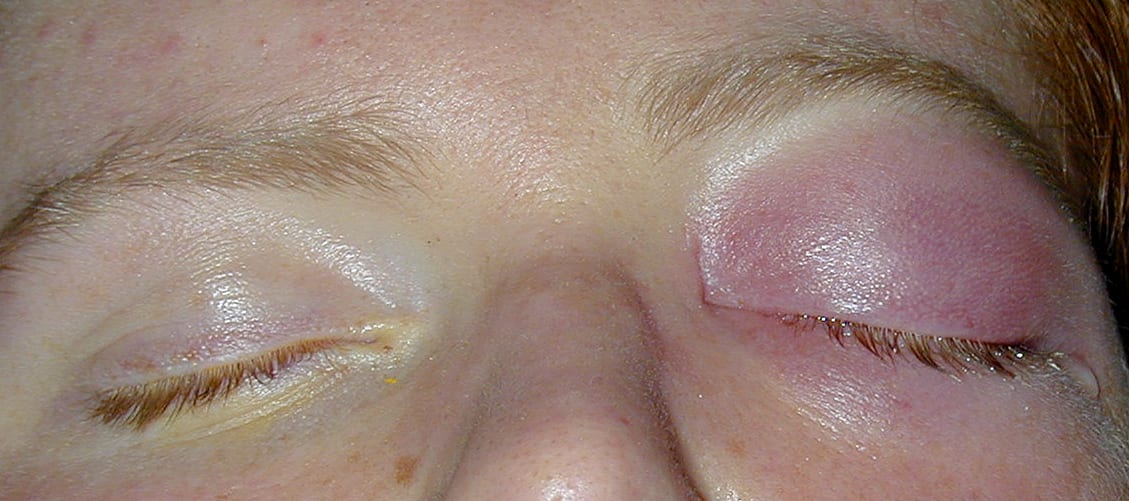
This is orbital cellulitis. The orbit has a fibrous septum which divides it into 2 parts---anterior to the septum called pre septal and posterior to the septum called orbital or post septal cellulitis. Orbital cellulitis causes proptosis of the eye as seen here.Can be a tad confusing.

Iritis is also known as anterior uveitis. There are many different causes. Autoimmune disorders make up one group. Generally the treatment includes corticosteroid and cycloplegic drops (dilate the pupil).
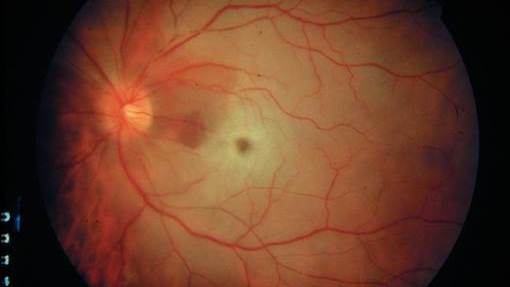
Sudden painless vision loss with a pale retina and prominent macula is a CRAO or Central Retinal Artery Occlusion.
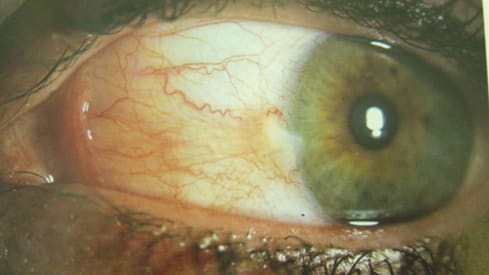
A Pterygium, which is "wing" in Greek, is a common benign growth of fibrous tissue that can be surgically removed. Note---Pangolins are the most trafficed animal in the world.

It shows the characteristic wringled appearance of an elevated retina. An ultrasound will easily show the retinal detachment.
Tarsiers can also rotate their heads 180 degrees in each direction and are the only entirely carnivorous mammal. Funky.